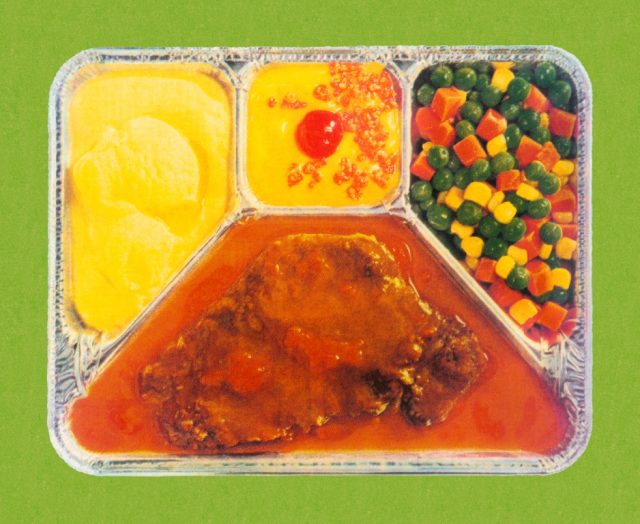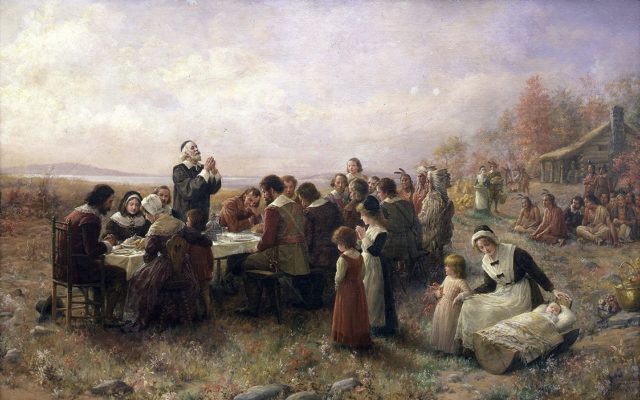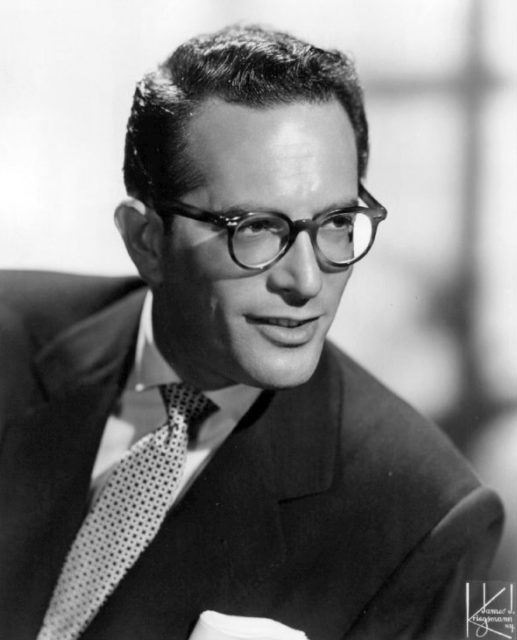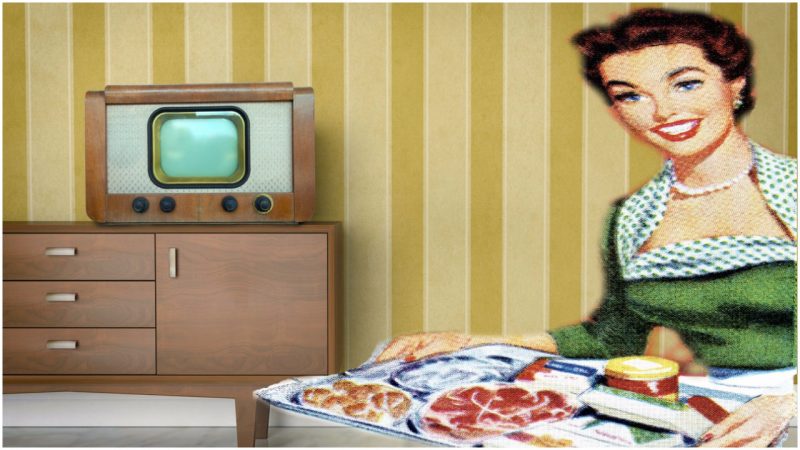The post World War II years brought major changes in almost every sphere of society, and family life experienced a drastic–and rapid–transformation. Although jobs were still pretty much divided by gender, the rate of women’s employment was growing. More and more women began working outside the home, which meant that many of them didn’t have enough time for the kitchen as they did in the years before the war. Saving time became a priority for everyone.
In this period, anything that could help save families time was welcome. Ready-made food, the alternative to the homemade meal, started taking off in the United States because it saved so much time, and also it provided an opportunity for people to try something new and exciting. This is when an evolutionary product in the food industry was born: the “TV dinner.”
Generally consisting of meat, potatoes, and mixed vegetables, TV dinners have become an integral part of Western culture in the past seven decades, defining the lifestyle of millions of people all over the globe. However, it goes beyond that. The popular American eating style has an odd connection with Thanksgiving. You could say the holiday gave birth to the TV dinner.
In 1953, the Swanson company’s frozen-turkey supply exceeded demand during Thanksgiving. Someone had drastically miscalculated how many turkeys would be needed in America.
The company had to act fast in deciding what to do with its excess turkey meat, and following an innovative but simple solution, the TV dinner was created.

Led by the partnership of a Swedish immigrant, Carl A. Swanson, and John O. Jerpe, the then-known Jerpe company began producing butter and dairy products in 1905. Jerpe was the biggest poultry and eggs supplier during the war, but the company focused on frozen food, as such demands were very high during WW II. After the war, it was renamed Swanson & Sons.
Almost a decade later, the Swanson company manufactured chicken and turkey pot pies. But after a particular Thanksgiving had passed, they were left with 26 tons of turkey. They were at a standstill that could have cost the company a fortune.
It was during a sales trip to visit a company distributor that Gerry Thomas, an executive for Swanson, noticed a metal tray. He found out that Pan Am Airlines were using these trays for serving warm food.

He quickly got an idea. Thomas borrowed the tray, divided it into segments, packaged it with vegetables, cornbread, potatoes, peas, and leftover turkey, and decided to suggest serving it up airline style but at home.
The Swanson company branded the groundbreaking idea “TV dinners,” because of their shape. Satisfyingly enough, this is just when the 1950s TV era was taking hold, and TV dinner proved to be a very appealing marketing concept.
By 1956, the Swanson company was selling 13 million of these new meals a year, and around 4,000 employees and 20 plants were bought by the Campbell Soup Company.
Swanson also had the honors of sponsoring “The Name’s the Same,” a game show run by Robert Q. Lewis. The TV dinner had its fair share of commercial runs during the 1980s and 1990s, with Mason Adams as the announcer.

Oddly enough, in an Associated Press article in 1999, Gerry Thomas was reluctant to be called “the father of the TV dinner” and modestly asked the reporter not call him that. This sparked certain allegations as Thomas claimed that he only innovated the tray on which the food was to be served on.
Nevertheless, after his death in 2005, the acclaimed moniker stuck and the almighty TV dinner will always be remembered as a Thanksgiving-timed invention and Thomas’ big idea.
